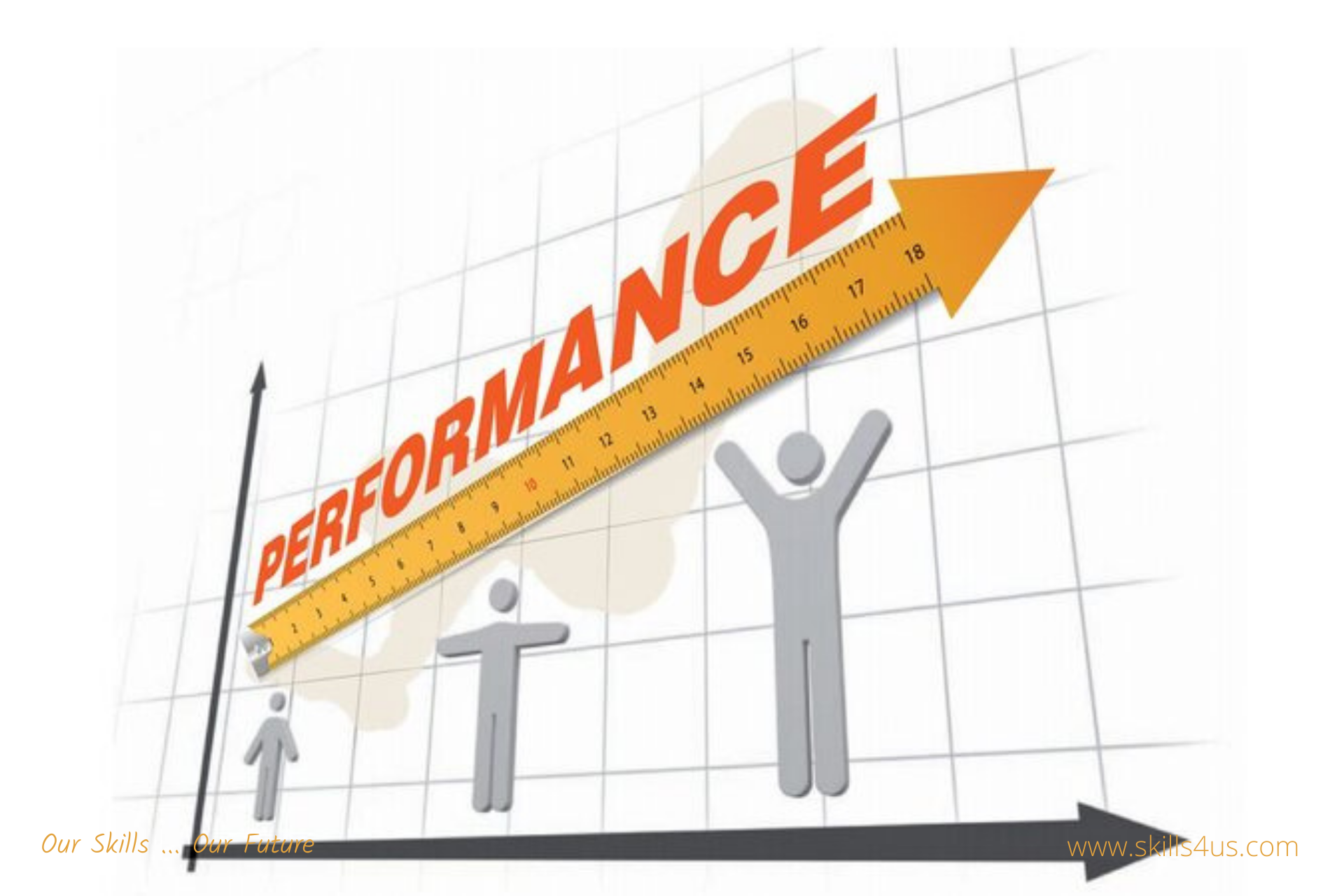
5 Guaranteed Methods To Turn Poor Performers Into Great Employees
Let’s say you have an employee who has been an administrative assistant in your organization for more than five years. Although he is a dedicated employee, he has not met his performance targets after moving to a new department last year. His line manager is not satisfied with his performance at work and wants to cancel his monthly bonus. But how can turn poor performers into good performers?
Managers struggle with employees of this type. And how to deal with them, knowing that they have worked with the organization for several years. But have failed to meet their performance expectations. In contrast, it is tempting for many managers and business leaders to dump the responsibilities or rewards of a poorly performing employee or even fire them. So managers need to look at the big picture. Because they can turn low-performing employees into high-performers with the right direction and leadership.
As a future manager, here are some ways to lead and inspire your employees to turn them from Poor-performers to high-performers:
1. Determine the cause of poor performance
To begin trying to convert low-performing employees into high achievers, you must identify why they are not meeting performance expectations. Therefore, as a future manager, you must understand employees’ motivations and what prevents them from achieving high performance and success. In many cases, what motivates low-performing employees is different from what influences high performers. As each employee has unique needs and desires that are unique to their co-workers.
2. Demonstrate the employee’s value to the organization
Poor performers may miss performance goals. Because they feel that their job positions do not contribute to the overall success of their organization. A Harvard Business Review report, “The Impact of Employee Engagement on Performance,” revealed that 70% of 550 CEOs surveyed believe that employees should have an understanding of how their job position contributes to the organization’s overall strategy. Hence, as a distinguished management leader, you should sit down with the employee. And explain why his work is vital to the organization. Also, introduce and explain how this employee’s performance affects the organization and how their results contribute to success.
3. Clarify performance expectations
Many poor performers don’t realize that they fail to meet expectations, whether it’s poor communication or a lack of guidance. So after making the employee aware of his performance by developing clear expectations to move forward, then define his expected role and responsibilities within the organization. In addition, you provide clear performance feedback and set measurable and actionable goals.
4. Equip the employee with the necessary tools
Several studies in employment and organizational culture have indicated that 25% of employees do not have the tools to succeed in the workplace. Therefore, you have to provide poor performers with the ingredients to develop their career paths, training opportunities and update their skills to improve their performance in their work. You should also provide them with a mentor who can help keep them on track with performance goals.
5. Redesign the company’s incentive program
Some studies on talent and reward management have found that at least 25% of organizations award rewards to employees who fail to meet expectations. Here, note that instead of rewarding poor performers, can redesign the organization’s incentive program to help these employees improve performance. Hence, should pay attention to rewards related to performance, opportunities for professional development, and management recognition. Several studies had found that 80% of employees were motivated to work harder when their managers showed them an appreciation for their performance and dedication.
Be a distinguished management leader for your organization and work hard and persevere in transforming poor performers into high performers.



